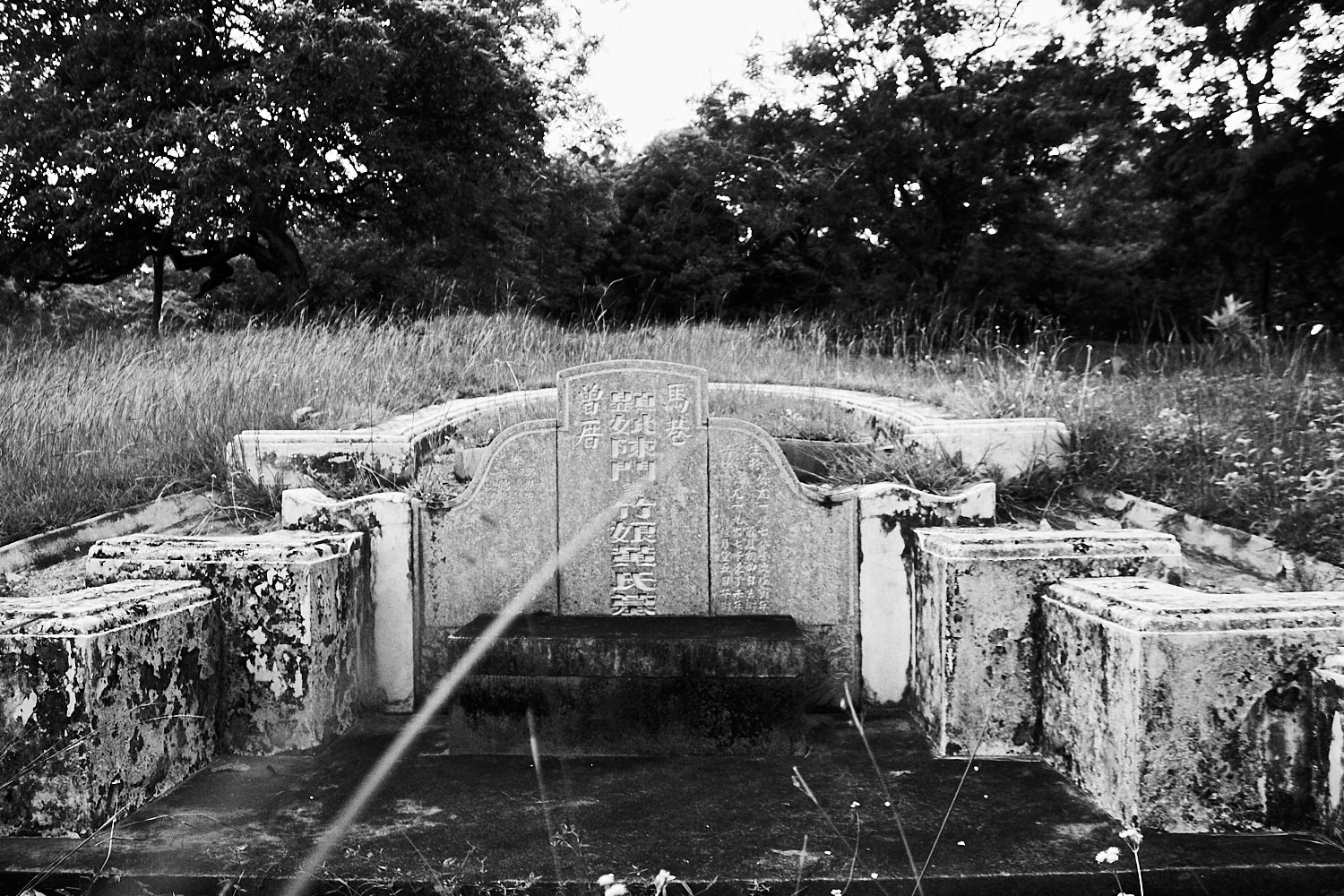After publishing an article about the old Protestant cemetery of Penang, I thought I should also pen-down an article about my visit to Bukit China in Malacca. Today I finally sat down to write about this Chinese burial ground that is situated southeast of the Malacca town.
My visit to George Town’s 232-year-old Protestant cemetery lasted around two hours. I spent this time admiring the serenity of the place. It brought me near to the reality of life and death. I closely observed those graves and those heartfelt messages inscribed on those tombstones.
For those two hours, I was the only one present in the burial ground. It’s one of the world’s oldest burial grounds but not as big one as Malacca’s “Chinese Hill”. While the old Protestant cemetery of Penang has no more than 460 graves, Bukit China has over 12,000 graves.
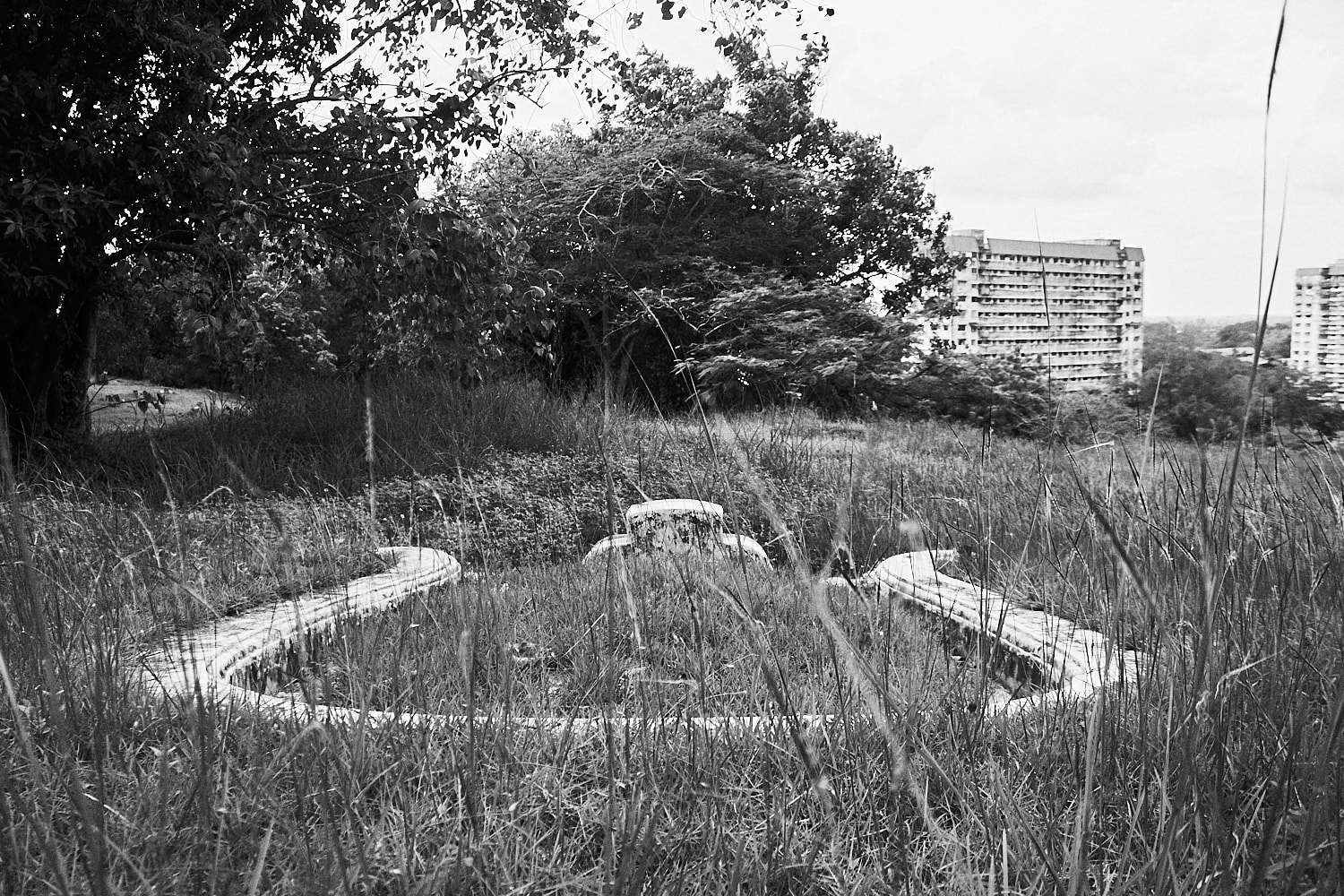
The visit to Bukit China wasn’t planned. I wanted to visit the temple at the foothill and out of curiosity, I started walking towards the entrance of the burial ground. After seeing a few graves nearby, I decided to continue walking further inside.
In this small article, I would like to describe my visit to Bukit China burial ground.
About Bukit China aka Chinese Hill, Malacca
Bukit China — also written as Bukit Cina — is located atop a hill about 148 meters above the sea level. It can be easily reached by taking a taxi to the Poh San Teng Temple which is located at the foot of this hill.
As I mentioned in my article about the dying art of handmade Nyonya shoes, relations between the Ming Dynasty of China and the Sultan of Malacca grew during the early 15th century. A beautiful princess named Hang Li Po was sent to Malacca to marry the Sultan to seal relations between the two countries.
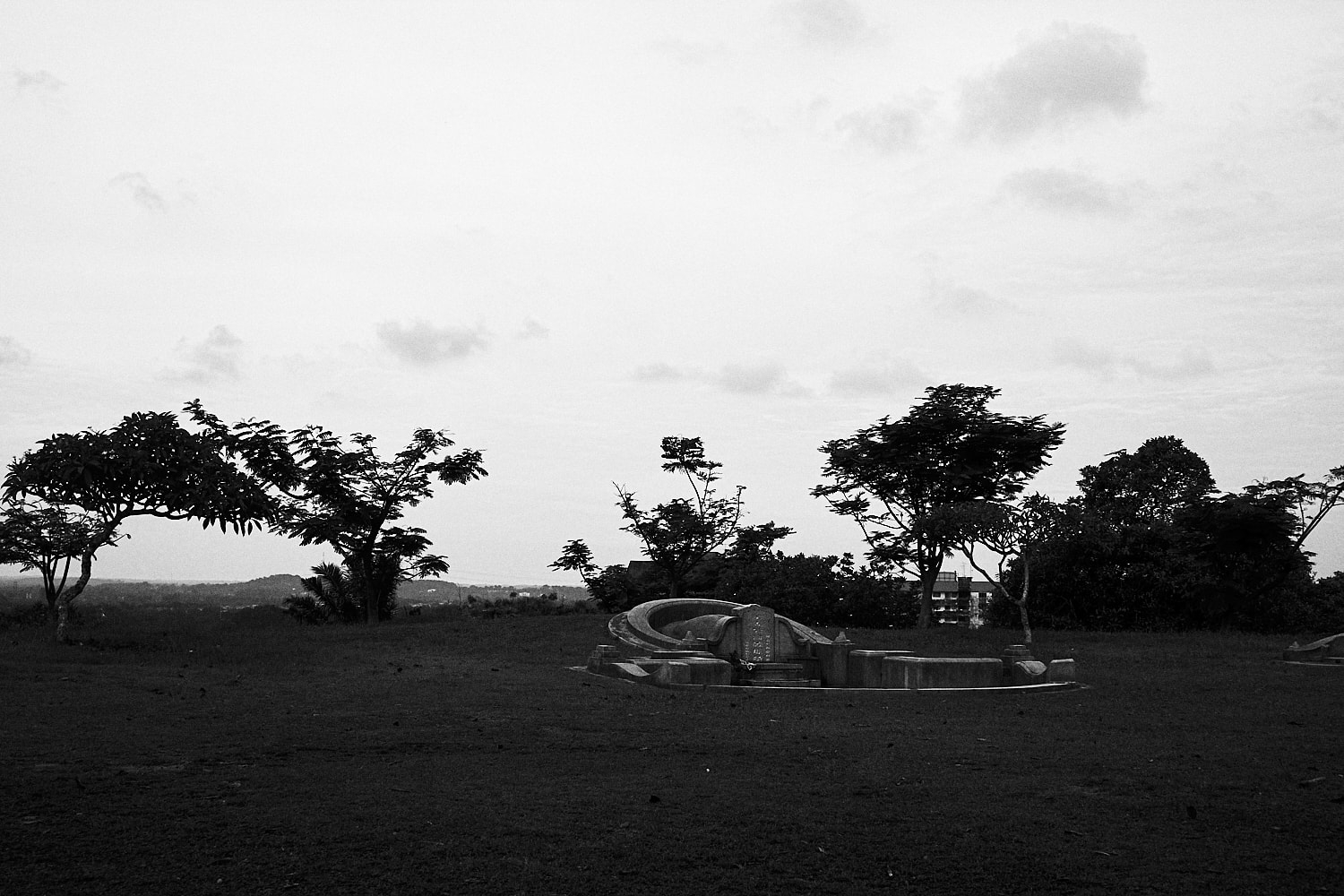
The hill was presented as a gift from the sultan to the entourage of the princess and it was established as their residence. By the orders of the sultan, a well was dug for these new migrants near the temple. The well, known as Perigi Raja, still remains at the site and is said to never dry up even during droughts.
Poh San Teng Temple aka the Precious Hill Temple is popular among Chinese tourists and locals. When I reached the temple, there were a few buses that brought a large number of Chinese tourists to the temple.
Bukit China itself, however, is not pretty much of a tourist destination. The site of this burial ground is mostly used by locals as a place for their daily walks. Some enthusiastic travellers sometimes make their way to the top of the hill out of curiosity.
Turtleback Graves of Bukit China
Bukit China became a cemetery in 1685 after Lee Wei King, the then “Kapitan China” of Malacca, bought Bukit China and two adjoining hills from the Dutch. The site was renamed as “San Pao Shan” (Three Gems Hill or Three Protections Hill) and was placed under the trust of the Cheng Hoon Teng temple.
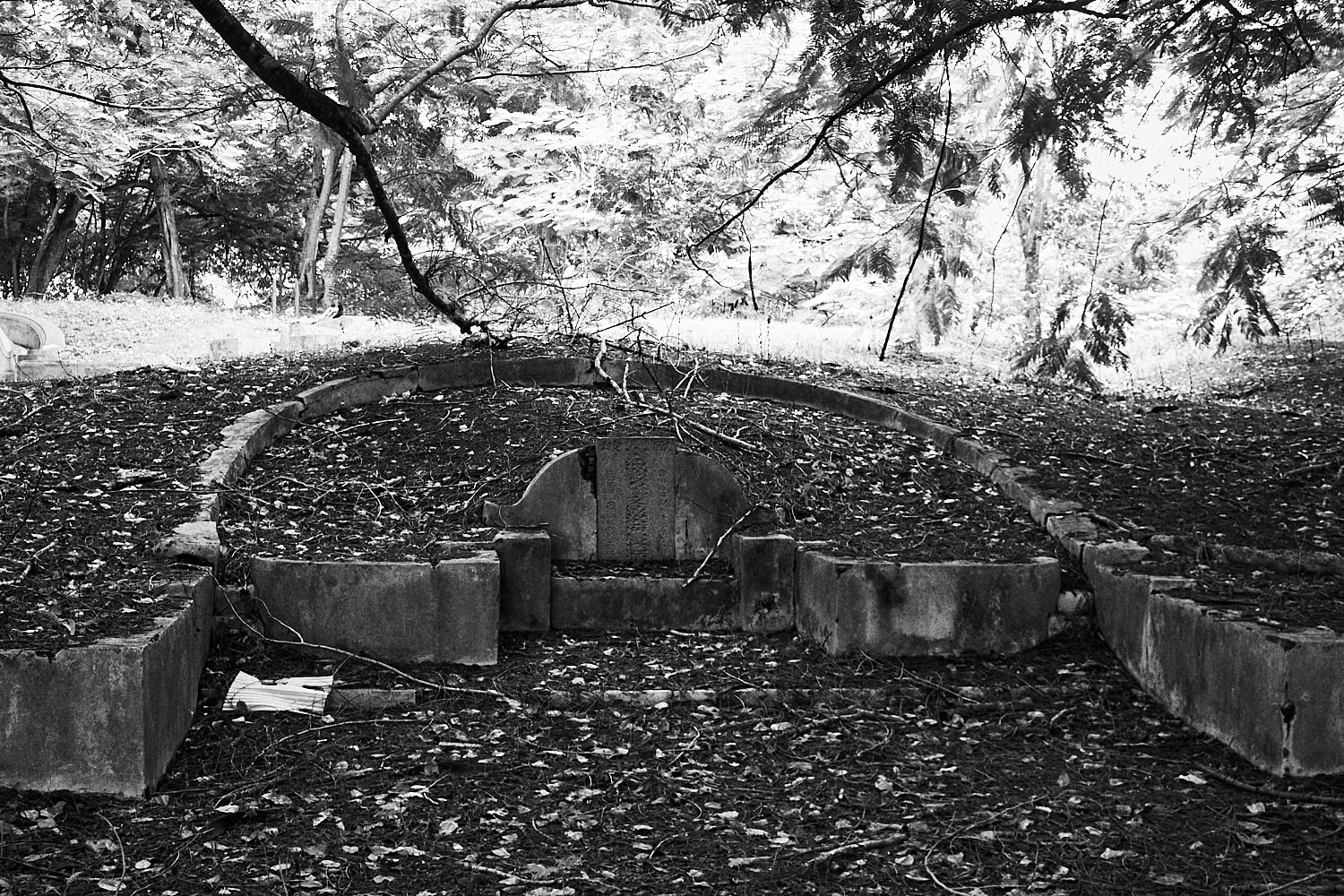
There are over 12,500 graves, including some 20 Muslim graves, spread across Bukit China. It takes up 48 hectares of land and is said to be the largest Chinese burial ground outside China. These graves — some of them centuries old — are where early traders from China were buried. The tomb of Mr. & Mrs. Huang Wei-Hung is believed to be the oldest tomb here.
Surrounded by (an omega) Ω – shaped ridge, the shape of these tombs represent shaped like a turtleback. The Ω-shaped ridge surrounding turtleback tombs is believed to protect the grave from the “noxious winds” from the three sides, according to the principles of feng shui.
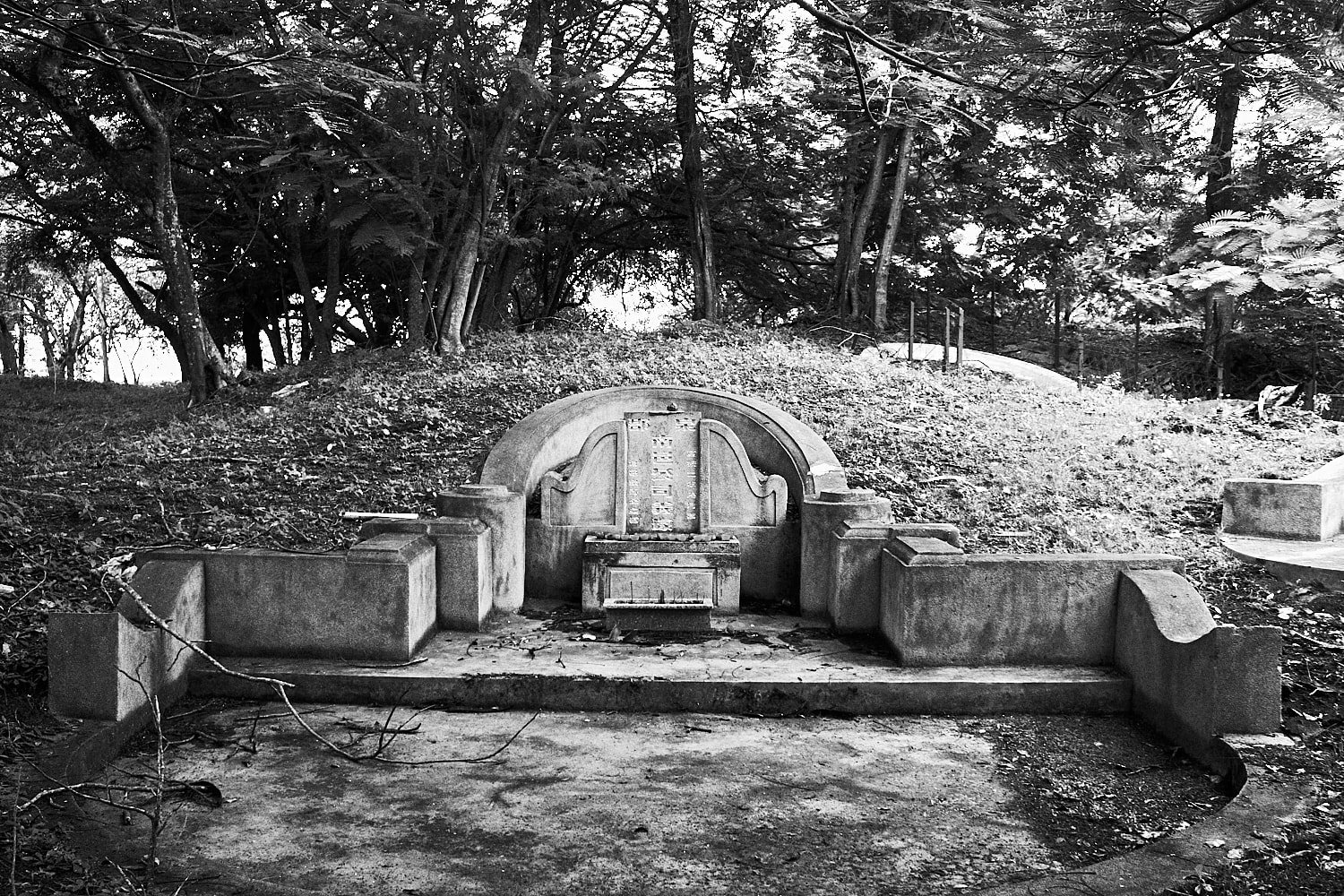
Some also believe that the shape of these tombs represents a woman’s womb — suggesting that people return to their mother’s womb after death. When I was walking back to the foothill, I met an elderly local who also echoed this belief. “These graves are shaped like wombs,” he told me as we spoke for a few minutes.
Similar ‘turtleback’ tombs are found in China’s Fujian province and Japan’s Ryūkyū Islands.
An Evening at Bukit China Burial Ground: Summing Up
Like my visit to the old Protestant cemetery of Penang, a visit to Bukit China took me back in time. I spent about two hours walking around the large “Chinese Hill” which has around 12,500 graves spread across 48 hectares.
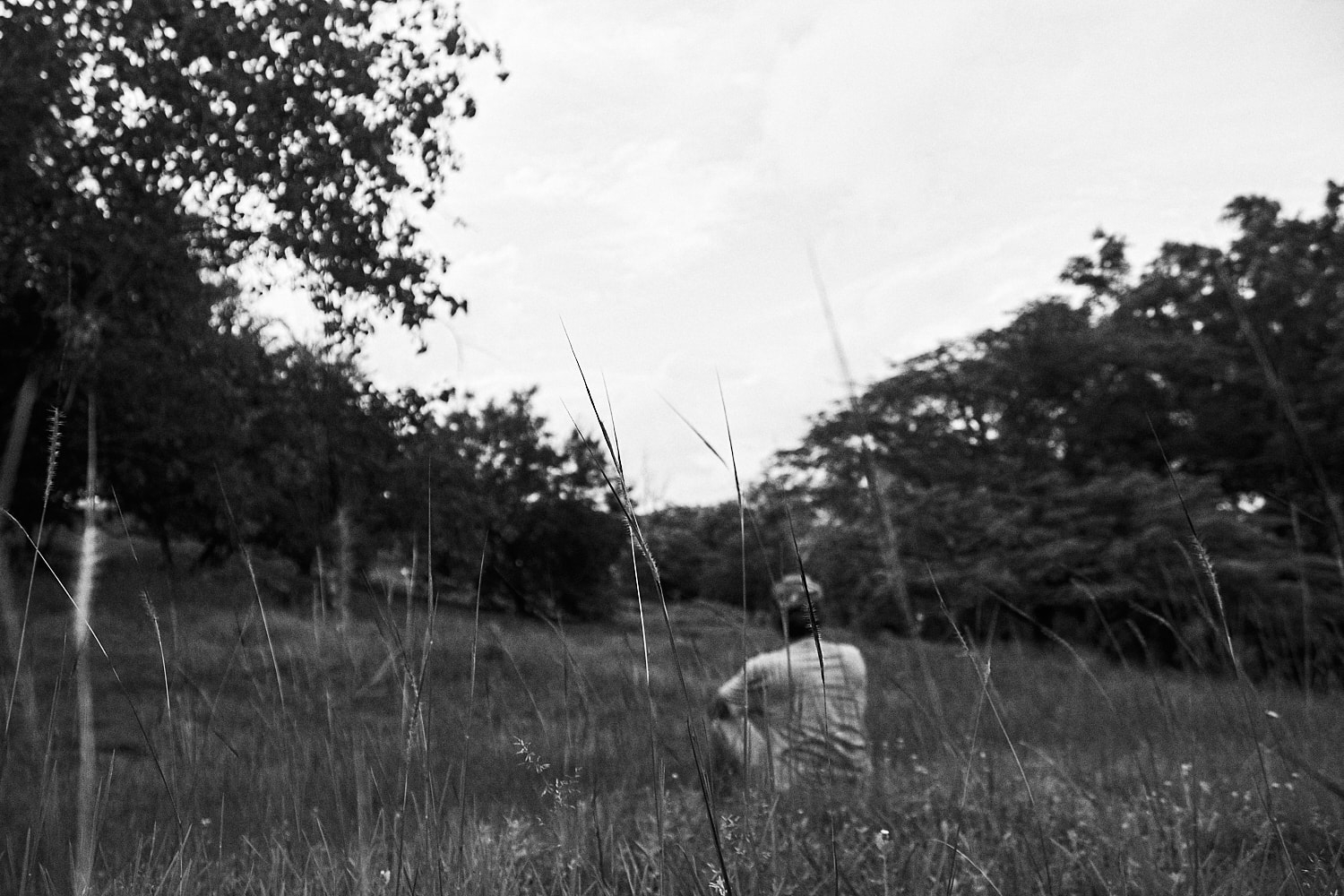
Slowly walking through those tombs, I felt the serenity of this place where people have been resting for some hundred years. I sat down near some of these tombs — looking at them as if someone would come out and share their story with me. I have said it before and I will say it again. If I could speak to the dead, I am sure I would have a few thousand stories to listen to.
If you are thinking of some exciting, non-touristy places to explore in Malacca, add Bukit China burial ground to your list. Also consider visiting the old Protestant cemetery in George Town, Penang.
References:
Also Read: Inside the 232-year-old Protestant Cemetery in George Town, Penang
